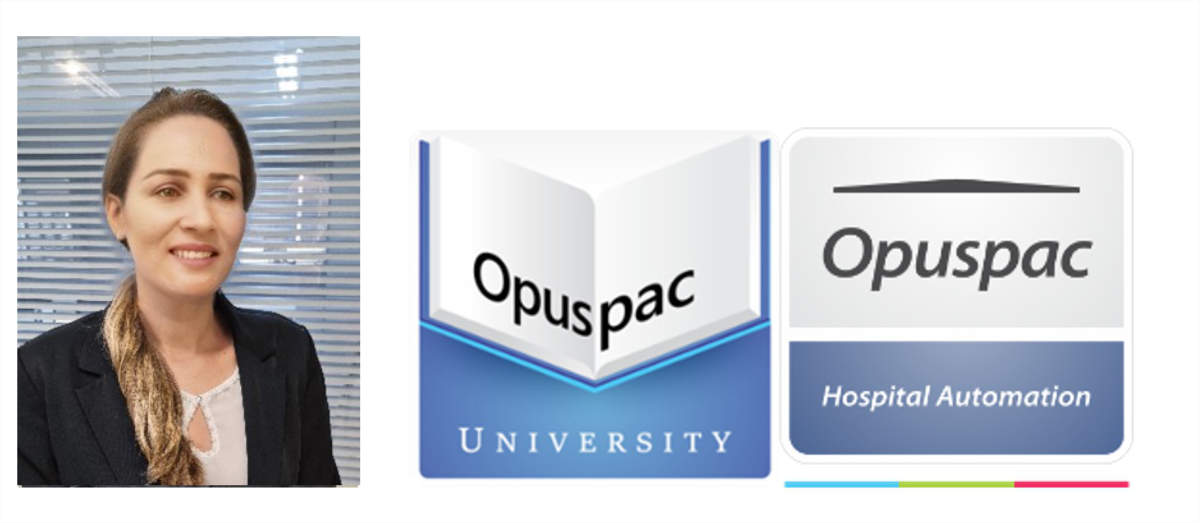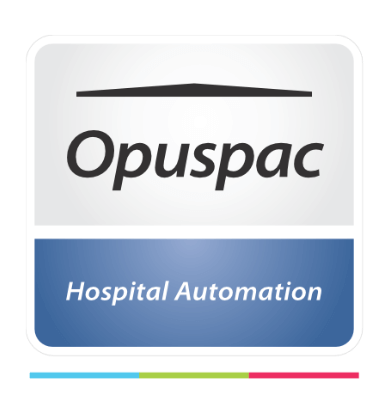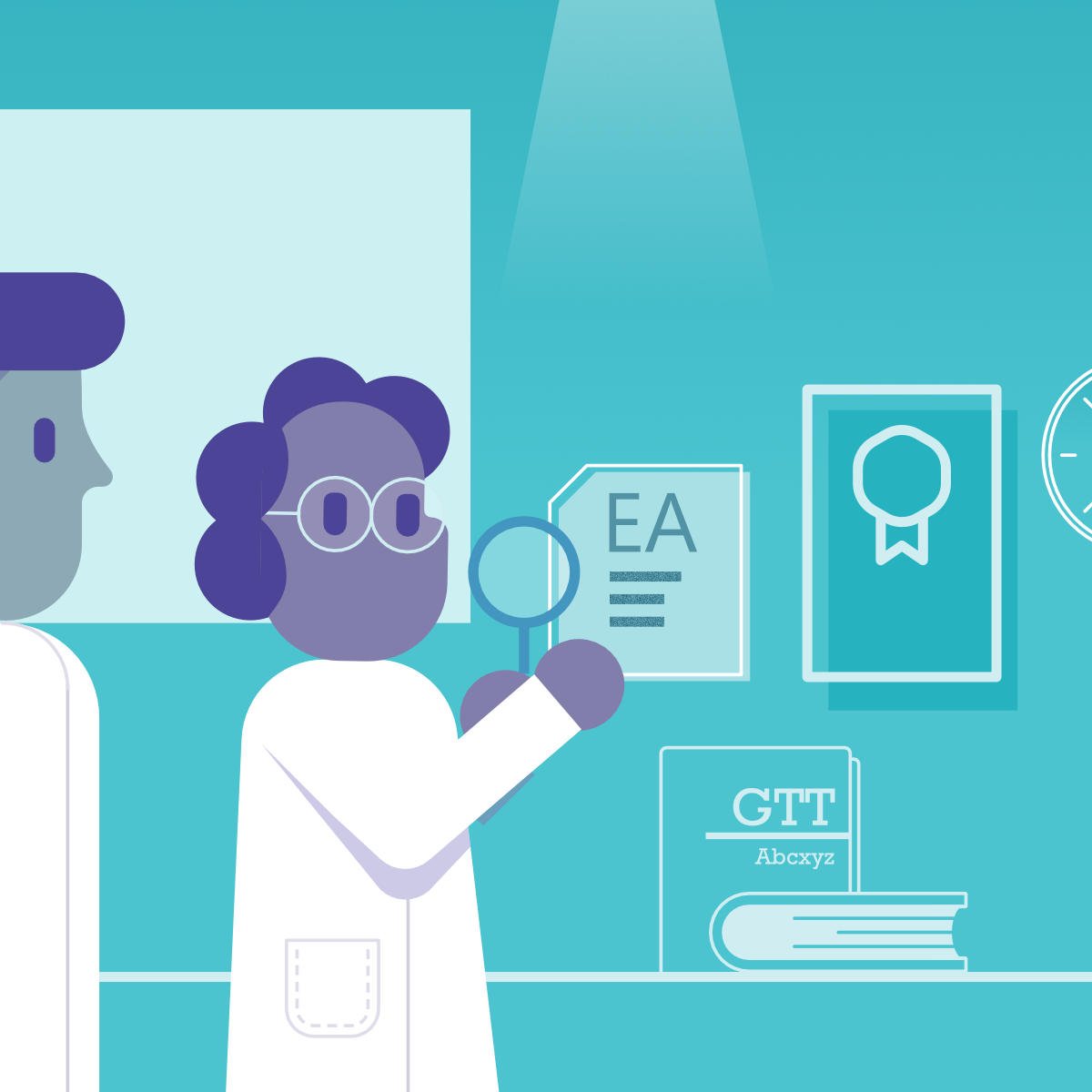Adverse Events (AE) caused by medications present the greatest single risk of harm to patients in hospitals.
The medication chain involves several sectors of the hospital:
- Standardization;
- Reception
- Distribution;
- Unitarization;
- Prescription;
- Clinical pharmacology;
- Medication administration;
- Medication return.
In all these steps, quality and safety are essential.
According to the IHI – Institute for Healthcare Improvement, public health researchers already know that only 10% to 20% of medical errors in hospitals are reported and, of these reported errors, 90% to 95% do not cause harm to patients.
HISTORY
In the search for changes to reduce errors in the hospital setting, the IHI formed a Medication System group in 2000, consisting of physicians, pharmacists, nurses and statisticians, whose goal was to design a safer system. At the end of 2003, this group developed the first tool to detect a greater number of AEs.
WHAT IS THE GLOBAL TRIGGER TOOL (GTT)?
This tool uses a randomized review of patient records and, through triggers, allows the identification of possible AE to patients.
This technique increases the localization of AEs approximately 50 times more than traditional audit and voluntary reporting methodologies. It also assesses the level of harm caused by AE and allows focusing continuous improvement efforts.
GTT helps measure losses related to patient hospitalization. Through the software, it facilitates the accurate identification of AE’s, as well as measuring the rate of AE’s over time. This tool can be connected to the electronic medical record, actively enabling the identification of AEs.
AE’s occur in different everyday situations in hospitals:
- AE caused by medication;
- AE in nursing care
- AE in the surgical environment
- AE in the ICU
- AE caused in the emergency.
Triggers allow you to focus on one type of harm and work on specific improvements for that problem, as well as track and track whether changes made to prevent errors are effective.
This allows for faster review of hospital records and, through a dashboard, makes it possible to monitor and track damage to a specific issue or area of the hospital. For example, when the patient suffered a stroke after the administration of an anticoagulant. In addition to generating costs and rework, the patient was harmed. Even different types of damage put patient safety at risk.
HOW TO USE THE GTT TOOL
The article Adverse drug event trigger tool: A practical methodology for measuring medication related harm, made available by the IHI, presents how the tool was tested in four hospitals, with different specialties, in the United States. Its objective was to assess the feasibility of training staff to use it.
Some examples of medication-related triggers:
- Requests for certain medications and antidotes;
- Abnormal laboratory test values;
- Abrupt stop orders;
- Elevated serum levels of medications;
- Leukopenia;
- Use of antidiarrheal agents;
- Return to hospital after 30 days.
Situations identified in this way were sent to the pharmacist, as they required further attention, and all medical records were reviewed to confirm or disconfirm AEs.
After this training, each hospital established its team to review the medical records and few collaborators were required to perform this screening process. The method is electronic, which makes the tool faster and safer.
The training of the team must be very focused and efficient, after all, through this review the trends and causes that determined the variations of harm in the organizations are scored.
More information about the GTT software at: www.ihi.org
CONCLUSION
The GTT, through triggers, can identify suspicious cases and generates graphs for administrative and clinical management to analyze, making it possible to implement actions that reduce AE risks and enable more effective monitoring of hospital processes.
Even if the hospital in which you work does not use the GTT tool, the review of medical records deserves attention because it allows for evidence-based quality improvement.
A common AE example is the timing of medication administration or missed doses. Although most of the time this does not cause AEs with harm, they deserve attention. After all, at some point, this lack of accuracy will be responsible for AEs with serious harm. For example, in the case of a patient with pulmonary embolism who missed a dose of anticoagulant and went into respiratory arrest and died.
AE related to the timing of medicines administration involve several situations, including the lack of nursing professionals in the sector, which provides an excessive number of patients per employee. This limits and impairs the quality of care.
From the identification of these failures, evidence-based decision making will make it possible to generate improvements that add value and more safety to the processes.

Pharmacist Daniela Faria













